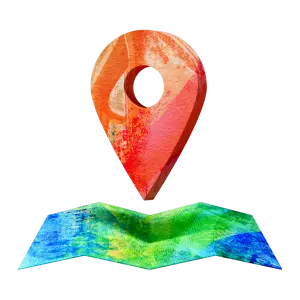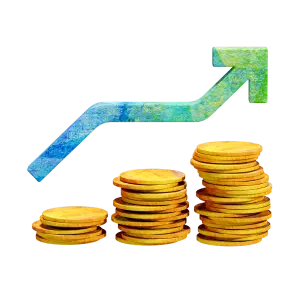Baht Thai (THB)
Baht Thai ialah mata wang Thailand. Kodnya ialah THB dan dengan lambang ฿. Baht merupakan mata wang ke sepuluh yang paling kerap digunakan di dunia dan salah satu mata wang yang paling kukuh di Asia tenggara. Pertukaran baht Thai yang paling popular ialah dengan euro. Baht Thai mempunyai 6 digit tukaran mata wang yang ketara. Ia dianggap sebagai wang fiat.
Nama mata wang
Baht Thai
Simbol mata wang
฿
THB kadar tukaran mata wang
Berhati-hati dengan kadar tukaran mata wang yang teruk.Bank dan penyedia tradisional selalunya mempunyai kos tambahan yang mereka kenakan kepada anda dengan menokok kadar tukaran mata wang. Tech pintar kami bermaksud kami lebih cekap – yang bermaksud anda mendapat kadar yang hebat. Setiap masa.
| Name | baht Thai (THB) |
|---|---|
| Symbol | ฿ |
| Minor Unit | Satang |
| Minor Unit Symbol | สตางค์ |
| Notes Freq Used | ฿20, ฿50, ฿100, ฿500, ฿1000 |
| Coins Freq Used | ฿1, ฿2, ฿5, ฿10 |
| Central Bank | Bank of Thailand |
| Users | Thailand, Laos, Cambodia, Myanmar |
Facts Table for baht Thai (THB)
Currency evolution in Thailand traces back to the Rattankosin era, marking the official issuance of standardised factory-made coins and banknotes. Paper money made its debut in 1853 through royal promissory notes, followed by banknotes from foreign banks. The year 1857 saw Thailand acquiring its inaugural minting machine, initiating the minting of Thai silver coins. Streamlining coinage occurred in 1897, condensing the 11 denominations into two—satang and baht—under a decimalized silver standard system.
Thai Baht and International Currencies
The Thai Baht was initially pegged to the British Pound at a fixed rate of 8 TBH to 1 GBP until 1880. Subsequently, this rate underwent several adjustments, linking the Baht to the Japanese Yen at par during World War II. Post-war, it was pegged at 20.8 Baht per 1 US Dollar, transitioning to 20 Baht per US Dollar in 1978 and then to 25 Baht in 1984.
A financial crisis struck Thailand in 1997, causing a 50% devaluation of the Baht and compelling the adoption of a floating exchange rate system. Following this economic collapse, the Thai Baht eventually stabilised.

Thai Baht Modern History
Despite its official use limited to Thailand, the Thai Baht is informally utilised in Laos, Cambodia, and Myanmar.
On December 19, 2006, the Bank of Thailand implemented exchange controls that led to substantial differences between offshore and onshore exchange rates, resulting in spreads of up to 10 percent between these markets. However, these controls were largely lifted by March 3, 2008, erasing significant disparities between offshore and onshore exchange rates.